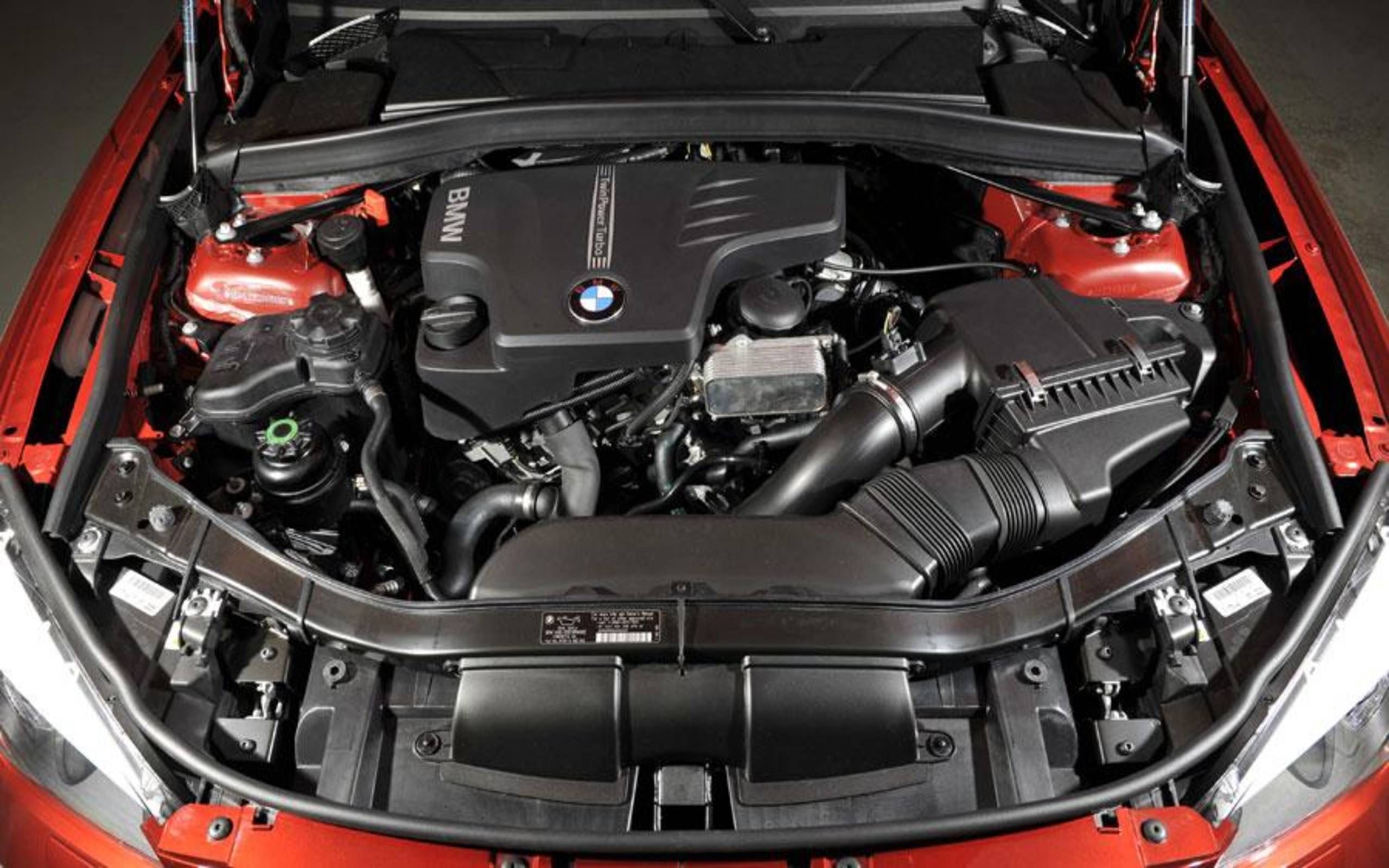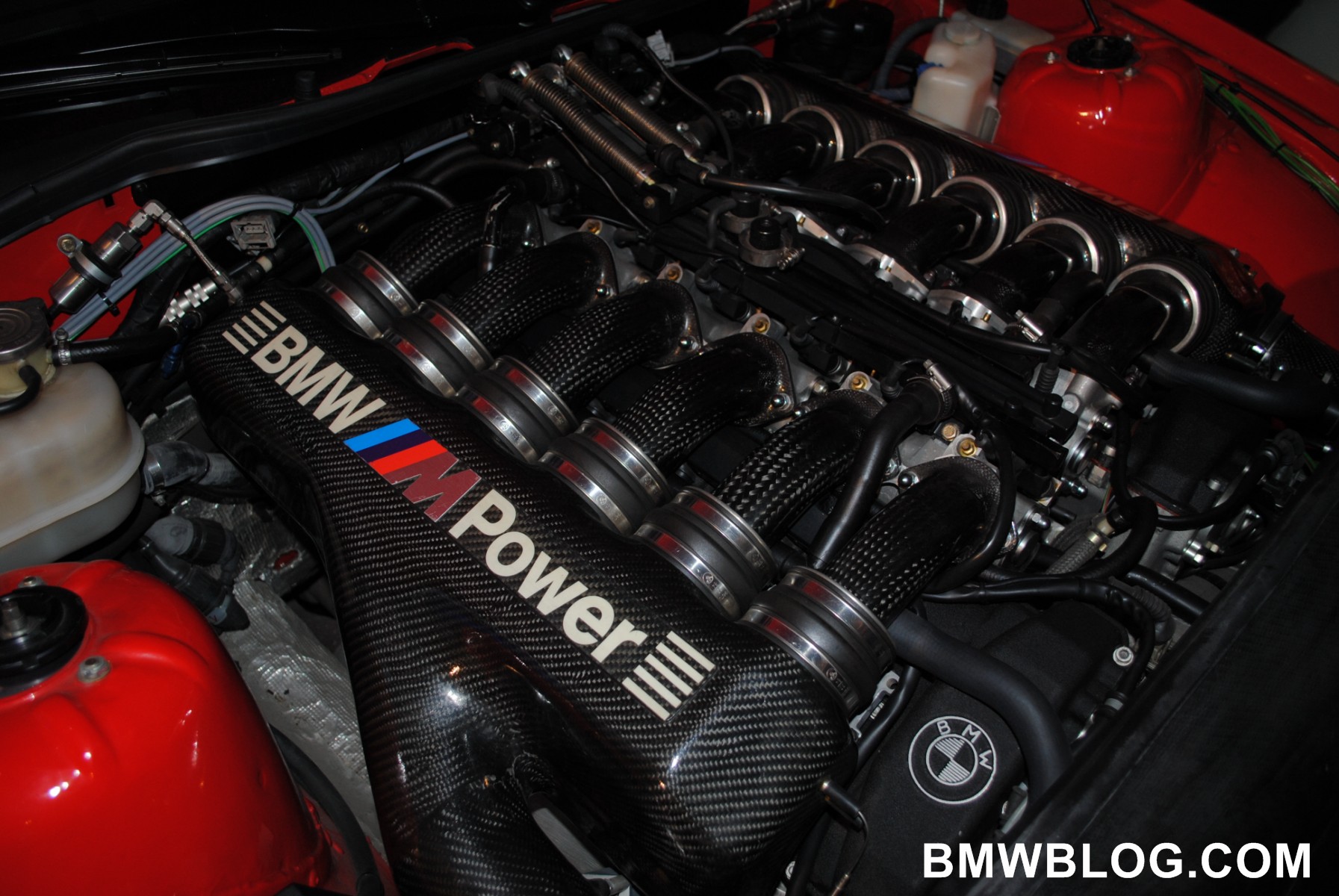Introducing the Tricks Behind the Power of the BMW Engine
Checking Out the Evolution of Burning Engines in Modern Transportation Equipments
As we navigate the landscape of modern-day transportation, the evolution of burning engines stands as a testimony to human ingenuity and engineering expertise. The interaction of history, modern technology, and ecological issues in forming the trajectory of burning engines creates a story that is both insightful and engaging.
Very Early Beginnings of Combustion Engines
Just how did the idea of burning engines first emerge in the very early stages of transportation growth? The roots of combustion engines can be mapped back to the 17th century when the principles of interior burning were first checked out.
The innovation moment included the invention of the very first effective gasoline-powered engine by Karl Benz in 1885 - bmw engine. This engine led the way for the advancement of the modern-day automobile, reinventing transport systems worldwide. Succeeding developments by Nikolaus Otto and Gottlieb Daimler additionally improved combustion engine technology, causing the mass manufacturing of automobiles and the fast growth of the transport sector
These very early burning engines were identified by their simpleness and performance, laying the structure for the facility and effective engines made use of in modern-day transport systems. The development of combustion engines has contributed fit the method we take a trip and move items, noting a considerable turning point in the history of transportation development.
Change to Internal Combustion Innovation
The transition to inner burning innovation marked a pivotal change in the development of transportation systems. This shift started in the late 19th century, with innovators like Nikolaus Otto and Gottlieb Daimler developing the first effective interior combustion engines. These engines changed transport by providing a more reliable and powerful alternative to vapor engines and electrical motors.
One of the vital advantages of internal burning engines was their ability to be reduced to suit vehicles, bring about the advancement of automobiles and motorbikes. This shift from cumbersome, stationary engines to portable, mobile ones paved the means for the contemporary transport systems we see today.
The shift to inner combustion modern technology likewise stimulated improvements in gas innovation, leading to the advancement of fuel and diesel as main gas sources for automobiles. This shift not just made transport much more accessible to the masses however additionally laid the foundation for the oil and gas market to come to be essential to international economic climates.
Influence of Combustion Engines on Transportation
The fostering of burning engines in transportation systems catalyzed an extensive change in the efficiency and rate of international movement. Burning engines changed transportation by supplying a reliable and flexible source of power for different automobiles, including vehicles, ships, vehicles, and planes. This development dramatically why not check here enhanced the ability for people and goods to relocate over long distances in much shorter timespan, leading to raised connection in between areas and countries.
In addition, the widespread usage of combustion engines has had a significant effect on financial development. The capability to deliver items successfully has spurred profession and business, permitting organizations to increase their markets and get to consumers worldwide. This has actually facilitated financial development and globalization, as this link items can now be carried faster and in larger amounts than in the past.
Nevertheless, the ecological effect of combustion engines can not be ignored. The burning of fossil fuels has resulted in air contamination and greenhouse gas emissions, adding to climate modification and positioning health threats to populaces. bmw engine. As a result, there is a growing emphasis on developing different propulsion technologies to reduce these unfavorable results and develop a more lasting future for transport
Innovations in Combustion Engine Design
One noteworthy technology is the growth of turbocharged engines, which utilize exhaust gases to drive a generator that compresses inbound air, allowing for more fuel to be charred, resulting in increased power output without a considerable boost in engine size. Variable shutoff timing systems have actually likewise revolutionized engine layout by enhancing air flow at various engine rates, enhancing both power and efficiency. These developments collectively add to the continual renovation of combustion engines in modern-day transport systems.
Future Fads in Combustion Engine Growth
With innovation improvements driving continuous advancement, the future of combustion engine development is positioned to reinvent transportation systems globally. Among the vital fads in burning engine development is the push in the direction of higher performance and minimized discharges. Suppliers are spending greatly in r & d to enhance engine efficiency while satisfying strict environmental guidelines. This includes the integration of advanced click now gas injection systems, enhanced turbocharging approaches, and the usage of light-weight products to maximize fuel intake and lower carbon discharges.
Another famous pattern is the fostering of crossbreed modern technologies in burning engines. Hybrid engines integrate typical combustion innovation with electric power, providing boosted gas effectiveness and reduced exhausts. As the automotive sector changes in the direction of electrification, crossbreed burning engines are viewed as a transitional service that connects the gap in between standard vehicles and fully electric ones.
Furthermore, the integration of wise modern technologies, such as man-made knowledge and data analytics, is expected to play a substantial role in the future of burning engine development. These innovations can optimize engine efficiency in real-time, leading to more reliable burning processes and improved total automobile efficiency. Accepting these future trends will not only drive technology in combustion engine development however likewise contribute to a much more sustainable and environmentally pleasant transportation community.

Conclusion
In verdict, the development of combustion engines in modern-day transportation systems has actually been marked by substantial improvements in technology and style. From the early beginnings of burning engines to the shift to inner burning modern technology, these engines have had an extensive impact on transport.
The origins of burning engines can be traced back to the 17th century when the principles of interior burning were very first explored. These engines revolutionized transport by offering an extra powerful and reliable alternative to vapor engines and electrical motors.
